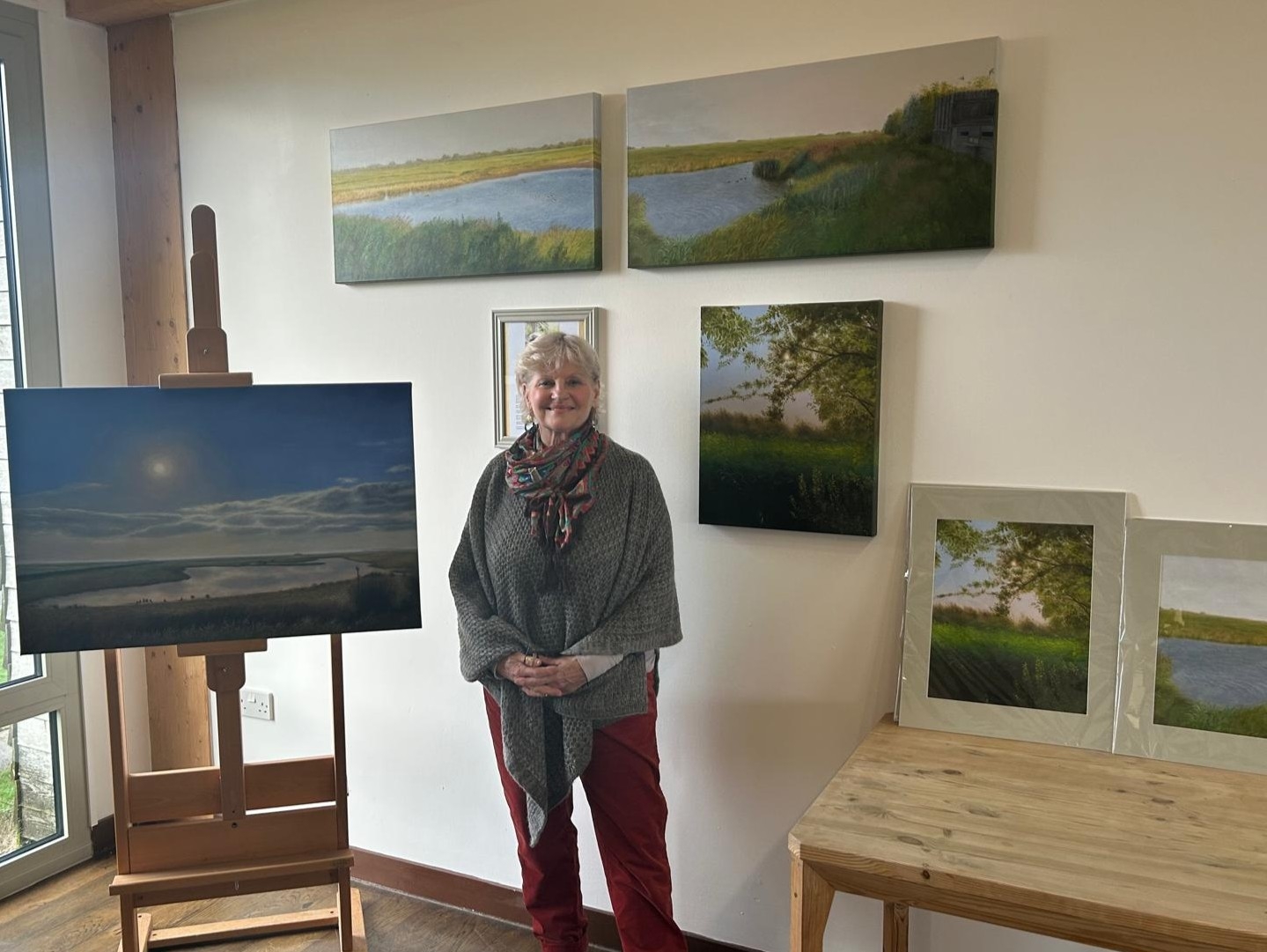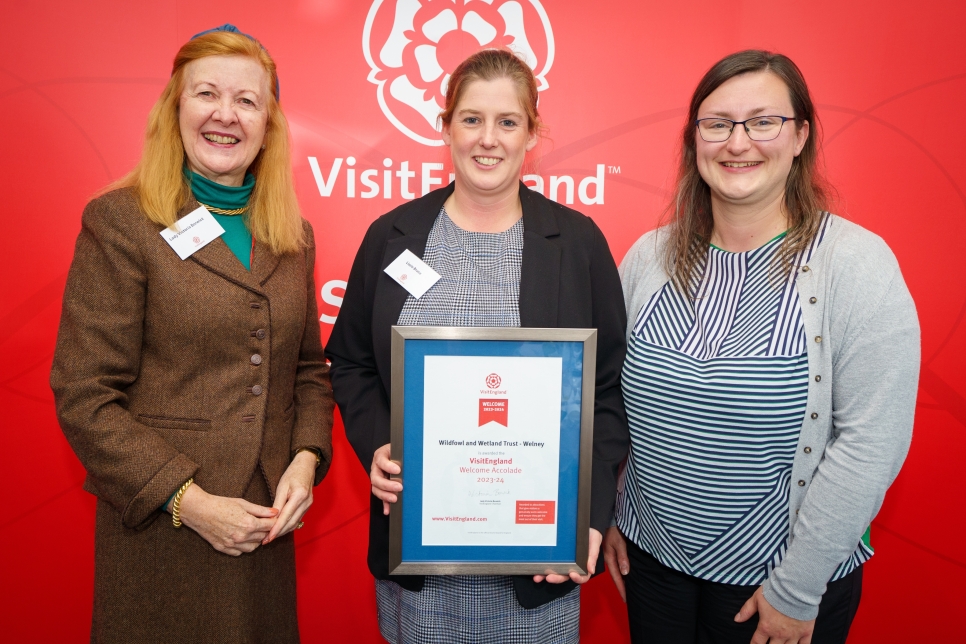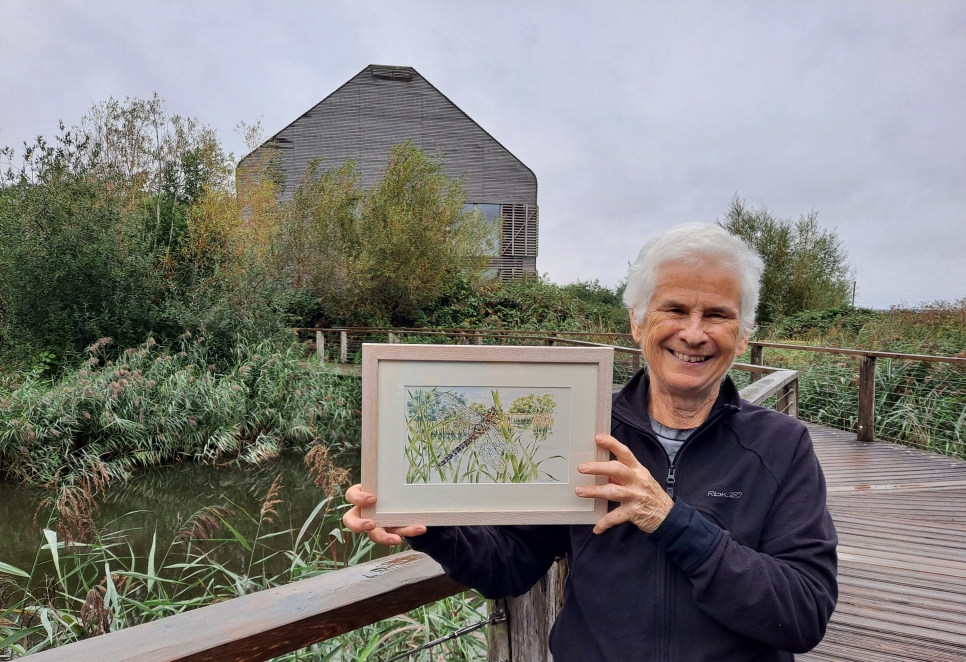Countryfile at WWT Welney
The Countryfile team visited WWT Welney and the surrounding area last month to capture stories of winter wildlife, wetlands and local communities. Find out about their time in West Norfolk and the stories highlighted here.
We are very excited to have had some of our fantastic winter wildlife and incredible wetlands captured on film by the brilliant team at Countryfile. Charlotte Smith, Matt Baker and the film crews made the journey to WWT Welney. The teams enjoyed early mornings and days filled with wonderful wetlands covering stories about wetlands, wildlife and people. Find out a bit more about the stories in the blog below.
Watch the episode here
Whooper swans
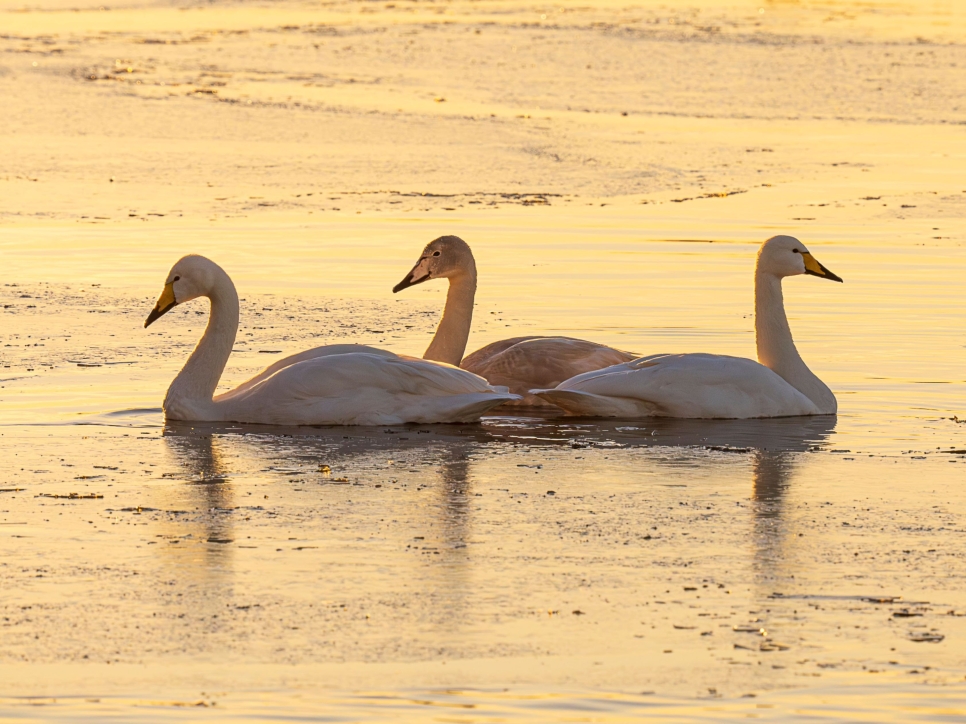
During the winter months thousands of Whooper swans migrate from Iceland to the UK, escaping the cold wintery conditions on their breeding grounds. Recently published research has demonstrated the valuable role, nature reserves, such as the Ouse Washes play in the survival of this species. Results found the population increased 30 times faster inside a nature reserve compared to areas outside of nature reserve, reasons include lower predator numbers due to predator exclusion fencing being installed on nature reserve to benefit breeding waders, which at Welney includes Black-tailed godwits. Using monitoring data the research team built a population model, that estimated the winter population could double by 2030.
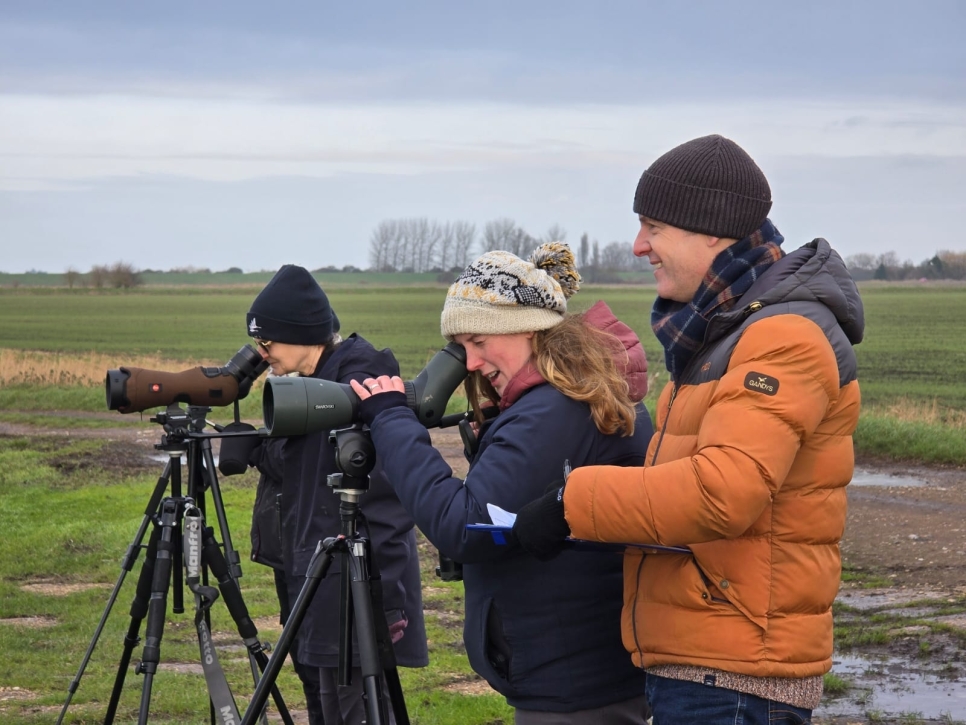
Matt Baker joined, Lizzie Bruce, WWT Welney Site Manager and Kane Brides, Senior Research Officer to learn more about the valuable role nature reserves play in increasing the survival rates of Whooper swans and to learn how we count the swans and why we count them twice in one day. Since filming the numbers have come in with a record-breaking 15,560 whooper swans, compared with 440 of the smaller, rarer Bewick’s swans.
Keeping swans in the air
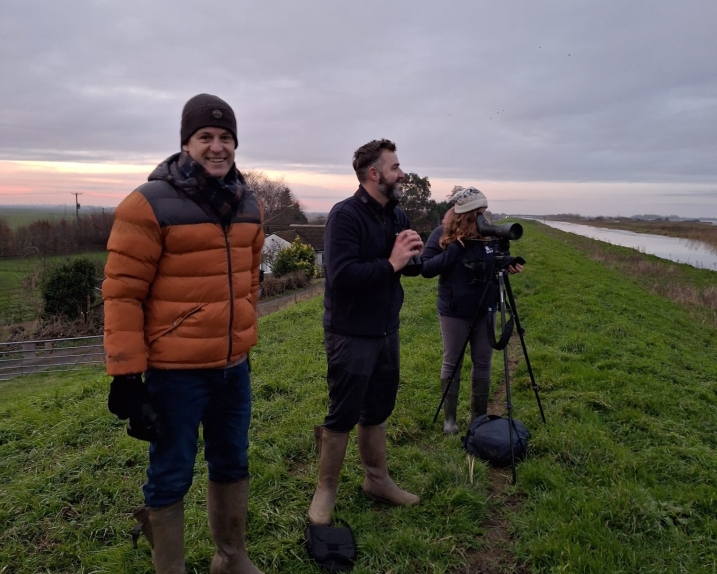
The arable land surrounding the Ouse Washes provides a vital source of food for whooper swans during the day, and so twice a day the swans will make a flight from one site to the other by the most direct route.
Unfortunately, the landscape is criss-crossed by a network of powerlines, which the swans can fly into, resulting in unnecessary deaths or serious injury.
To lessen collisions, UK Power install bird flight diverters, which are spinning reflectors, that glow in the dark.
Charlotte Smith joined UK Power and WWT’s Head of Reserves, Leigh Marshall, to discover more about how we work co-operatively together to install bird deflectors to benefit the swans and improve the reliability of electrical supplies.
Enhancing the view
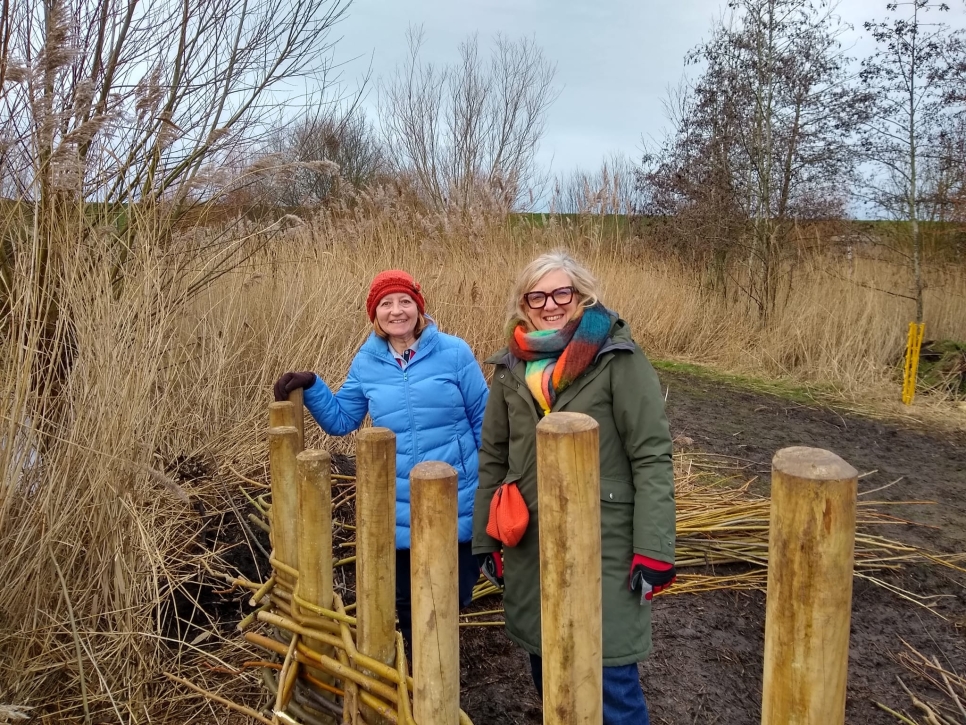
Enabling visitors to have a closer look at the magical wildlife that calls Welney home, is at the heart of what we do.
Following a generous donation, the reserve work party have begun work on ‘Gill’s Lookout’, a new screen overlooking the centre pool on Bank Farm. A new accessible path will link the centre to the screen to ensure as many as people as possible can enjoy watching our breeding waders or wintering wildlfowl from a new perspective.
Charlotte Smith, spent an afternoon with volunteers Jeff and Mark, learning to weave willow harvested from the reserve to create a willow screen wings.
When you donate to us, your money will go towards helping us create, restore and protect more wetland habitats.
Make a donation
Wetland protections
Alongside the Ouse Washes we have recreated wetland habitat called Lady Fen. Not only is this a vital resource for wintering species when water levels are too high for birds on the Ouse Washes, but also during the spring breeding bird season. Without large waterways as its perimeter, fencing is required to keep terrestrial predators out at sensitive times of the year. Sam Instone, Assistant Warden, took the film crew out to show what it takes to monitor and look after this infrastructure.
Restoring Wetlands
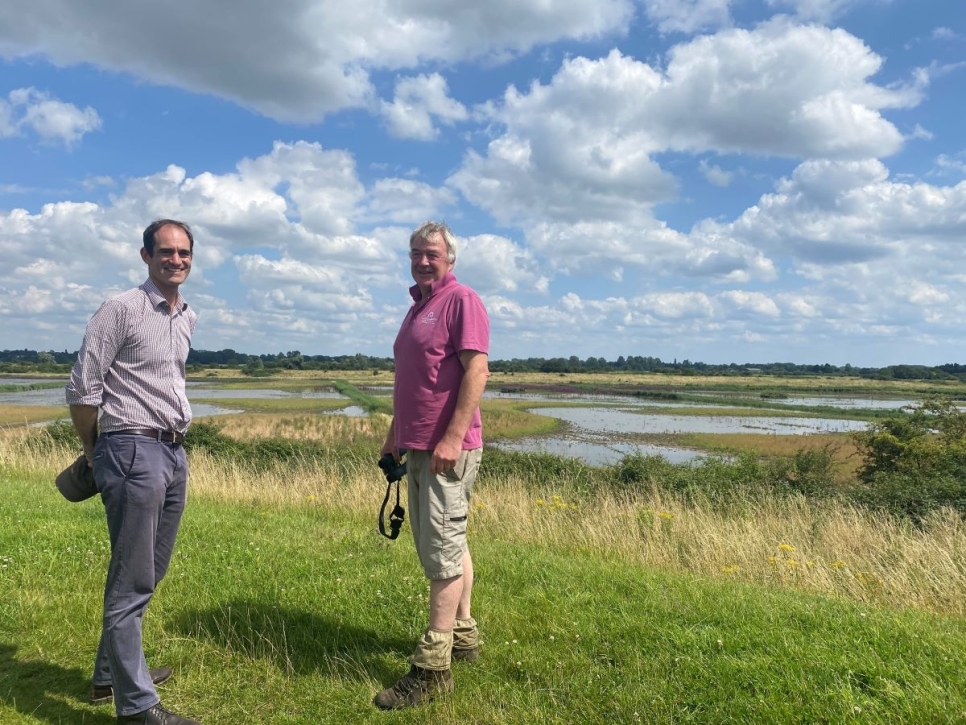
Re-creating bigger, better and more connected wetlands, is needed throughout the wider landscape.
WWT, through our Waterscapes Programme, is proud to be a partner in the Ouse Washes Landscape Recovery. DEFRA is funding a two-year development phase to plan for land management change and habitat creation to help make part of the Fenland landscape more resilient to climate change. The partnership includes 8 farming partners, the RSPB, WWT and Wildlife Trust BCN.
Charlotte Smith joined Joe Martin, one of our farming partners and Jonathan Taylor, RSPB Senior Project Manager at the site where Joe has successfully created new wetlands from arable land. He is a man on a mission to create more. Joe explains why he is involved and what motivates him to take action.
With a wide range of collective strengths this makes for a strong partnership. It is great to know that at least two of the partners have been inspired by the work of WWT at Welney.
Ready to visit?
If you've been inspired to explore the wetlands of Welney, find out more and book your visit online.
Book now